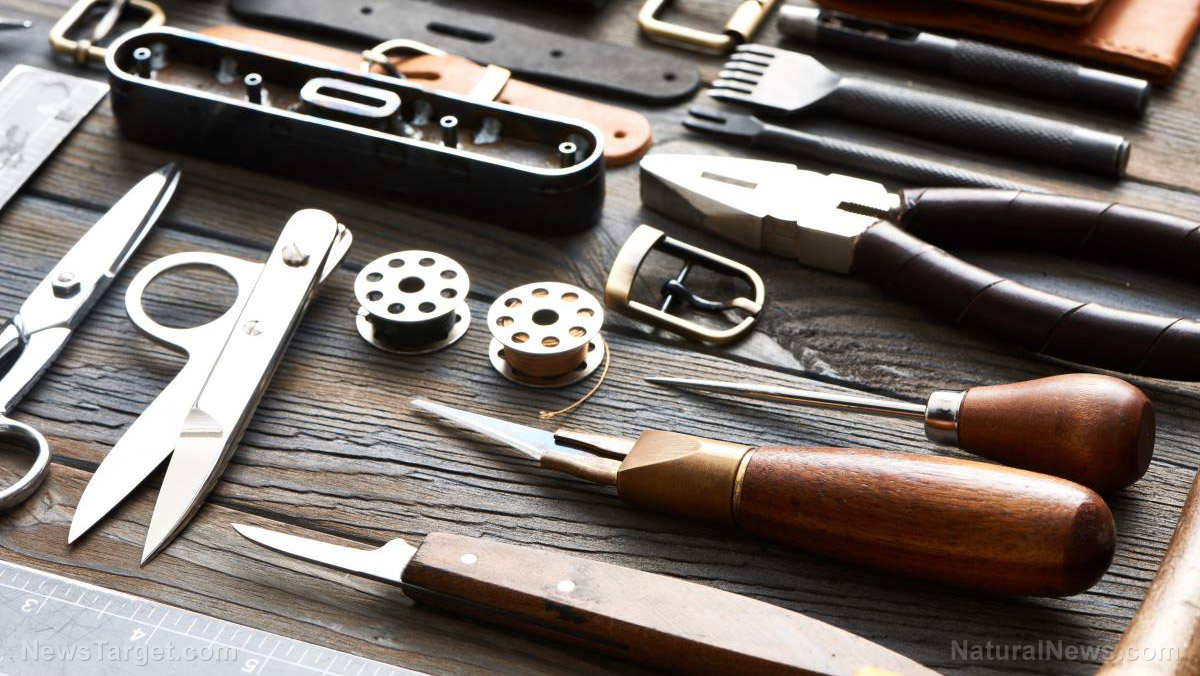
In the wake of a collapse, the capability to manufacture advanced technology will be lost for decades or even centuries. We will need to start from scratch once more by building simple machines that will help us rebuild society. An article on The Organic Prepper shows where preppers can get the blueprints and practical knowledge to make simple machines.
Some construction plans and drawings for simple machines might be found in libraries, museums, private collections, and universities. But uncovering those old blueprints from the dusty mounds of other documents will take lots of time, effort, and possibly resources.
If you can get a hold of an actual example of a machine tool or other simple machine, you could reverse-engineer it and find out how it works. Then you can work on replicating the machine.
But not all simple machines are created equal. Some machines are far more vital to rebuilding civilization. They can be used to make other simple machines as well as more complex tools. The recovery and duplication of these machines must be prioritized.
Even these machines must be reduced to their ancestral, blacksmith-forged, mechanically-powered original forms. Otherwise, they will not be usable in a post-collapse world. (Related: Doctors, teachers, electricians all fleeing Venezuela as failed socialist nation enters last chapter of epic collapse.)
Getting or building your own multi-purpose machine tools
One option is to simply buy these machine tools. Get the ones that are powered by mechanical means rather than electricity. If the electric-powered ones are the only available, pick the ones that can be modified to use mechanical power.
Another option is to build your own machine tools. The Open Source Ecology website has graciously uploaded the design of their MultiMachine machine tool, an all-purpose device that can serve as a drill press, metal lathe, mill, and more.
The MultiMachine is described as a machine tool that can be built by mechanics using available hand tools, vehicle parts, and plenty of elbow grease. Farm tools, pumps, drilling rigs, steel-rolling-and-bending machines, vehicle parts, and pipe-and-bar-bending machines that can build school furniture are just some of the useful items and tools that it can build.
Several specialized MultiMachines can even be combined to set up a metalworking factory. This cheap factory can double as a trade school where students can learn useful skills.
Preserving the knowledge to make, use, and repair simple machines
In addition to obtaining machine tools to rebuild civilization, we must properly preserve the design of each machine. Storing the designs will allow easier maintenance, repair, and replacement of any damaged, destroyed, or lost machine in the future.
The information about the theory and techniques behind each device should be in book or paper form. These hard copies should have illustrations and photos that demonstrate how to use the device.
Get or make blueprints, drawings, and schematics of the machine tool. Also include step-by-step manuals for building every single part of the machine, putting those parts together to make the completed machine, using the assembled machine, and repairing any damaged parts.
A good source of information on machine tools and other simple machines is the old Machinery magazine. Published from 1910 to 1914, these 50-page books cover the tools and techniques for the machine tools of the early 20th century, including how to build metal machines.
If you can somehow find or make a way to play them, hands-on user videos and repair videos would be even better than print material. But the best source of information would be actual people who know how to get the most out of the device, how to keep them running, and are open to sharing their knowledge.
Pick up more ways to prepare yourself at Gear.news.
Sources include:
Please contact us for more information.





















